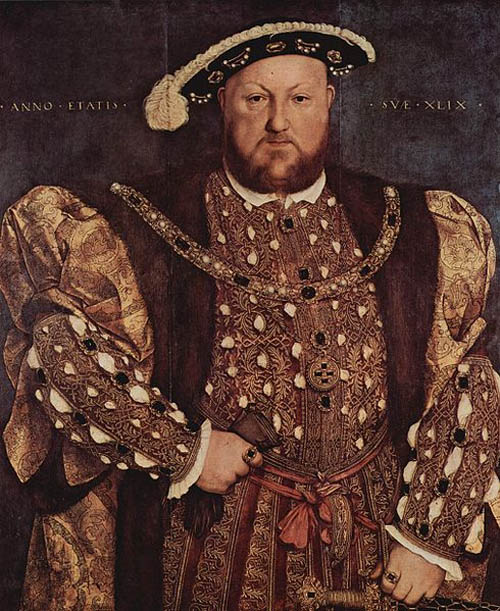Faction in Tudor England
Classic Pamphlet

Society & Politics
'This wicked Tower must be fed with blood' - W. S. Gilbert's dialogue sums up the popular myth of Tudor England. This pamphlet looks at the reality, a society and politics necessarily divided into rival factions by the pulls of patronage, local loyalty and the implications of personal monarchy, and it considers what a recognition of faction brings to the understanding of sixteenth-century England.
Henry VIII inaugurated his long reign with two executions: the victims, Richard Empson and Edmund Dudley, the crime high treason. Almost a century later his daughter, Elizabeth I, signaled the finale of Tudor rule in the beheading of Robert Devereux, Earl of Essex, again for high treason. What links these episodes?
The same crime, certainly, but even if we believe the evidence, Empson and Dudley had only taken precautions against possible violence on the death of Henry VII while Essex's rebellion was an inept fiasco. For a significant connection we need to look to that constant phenomenon of Tudor England, faction...
This resource is FREE for HA Members.
Non HA Members can get instant access for £3.49

